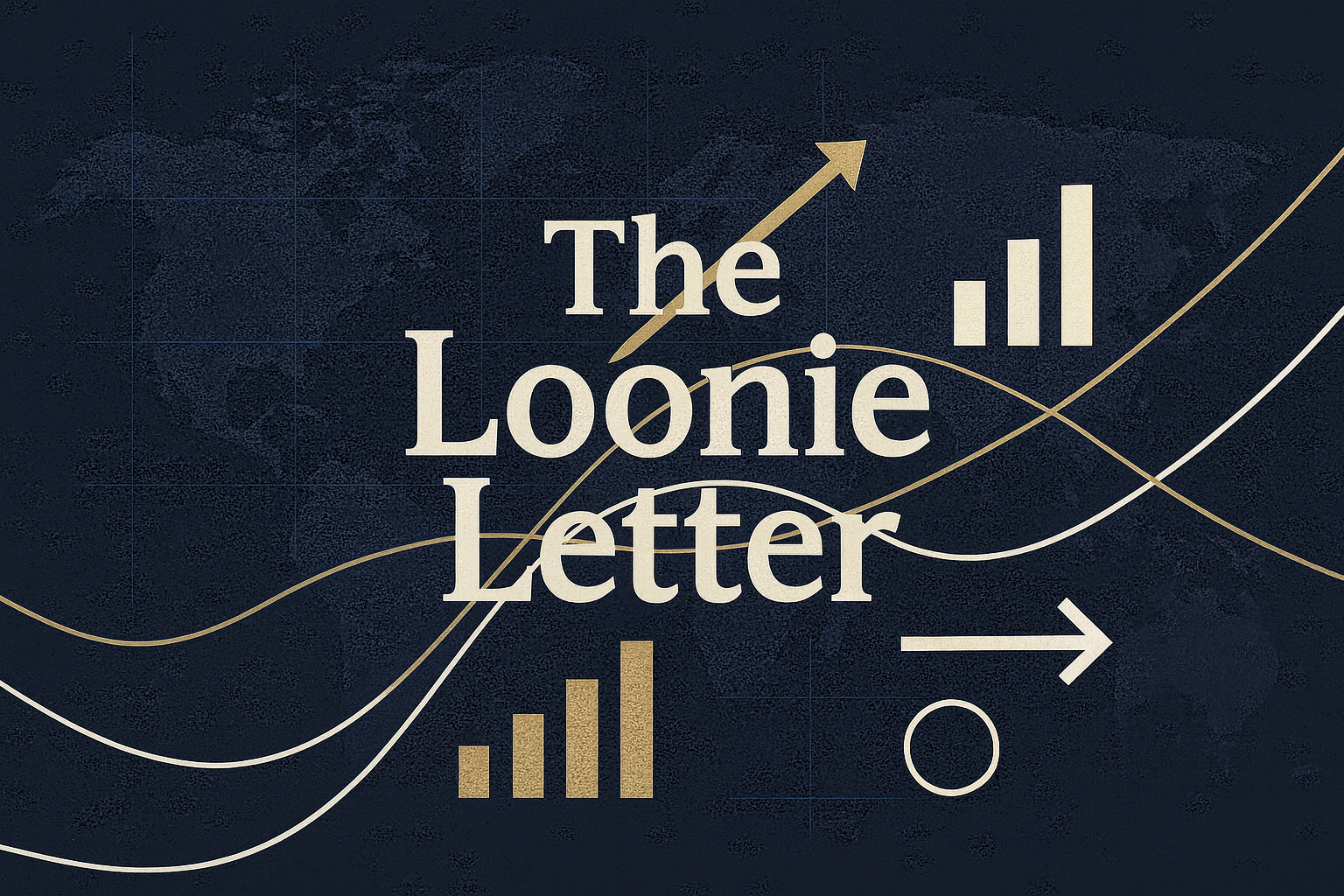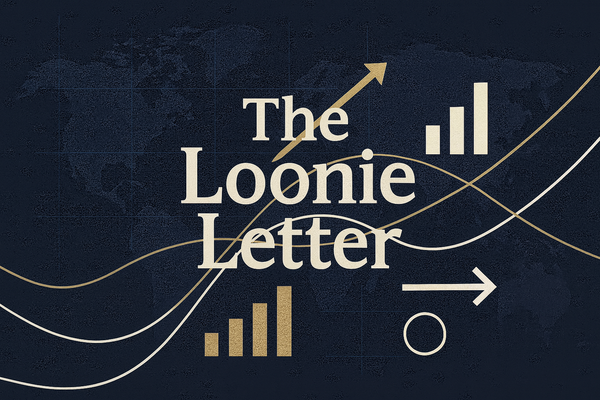Tech Rally, AI Deals, Energy Moves, China PMI

Today’s date: 2025-09-30. Markets closed September on a tech-led upswing, gold set fresh highs, AI drew major capital commitments, oil majors expanded U.S. exposure, and China’s factory pulse improved but remains tentative. Below we break down the drivers, risks, and portfolio implications across five themes.
Late‑September Rally: What Drove It and What to Watch
U.S. benchmarks finished higher on Sep 29 with the Nasdaq leading as investors leaned into tech and AI while discounting near-term political noise. Meanwhile, safe-haven demand and a softer dollar helped propel gold to late-month highs amid strong ETF inflows (Reuters; Saxo).
Why it happened: Easing expectations supported rate-sensitive areas (notably small caps), while optimism around AI and solid earnings concentrated gains in technology, semis, and software. Wealth managers also pointed to a deliberate small-cap tilt as borrowing costs eased, and flows rotated into gold on geopolitics and lower funding costs (Reuters; Yahoo; Saxo).
Key risks: A U.S. shutdown or funding impasse could delay data, complicate Fed guidance, and elevate volatility; rich tech valuations heighten re-rating risk if AI revenues disappoint; and any moderation in the expected pace of Fed cuts could spark quick repricing (Reuters; Yahoo).
- Action (2–6 weeks): Revisit concentration in AI megacaps; trim/hedge if positions are outsized (Reuters, Yahoo).
- Evaluate selective small-cap opportunities with improving earnings and rate sensitivity (Yahoo).
- Ensure liquidity for event risk; review bond ladders for tax efficiency and duration fit; monitor gold/ETF flows as a risk barometer (Saxo, Yahoo).
What the Nvidia–OpenAI $100B LOI Means for Investors
OpenAI and Nvidia announced a letter of intent for up to $100B, including at least 10 GW of Nvidia systems on the Vera Rubin platform, with initial deliveries targeted from late 2026; Reuters reports an initial $10B tranche and structure linking Nvidia’s capital to future chip purchases by OpenAI (Reuters; Nvidia).
Why it matters: The vertically aligned roadmap could lock in multi-year demand and co-optimization benefits for Nvidia; shares rose on the news (Reuters).
- Risks: Potential “vendor financing” optics—capital cycling back into chip purchases—could blur true end-demand signals (Axios; Substack).
- Antitrust/competitive scrutiny may rise given compute supply concentration (Reuters).
- Execution and power: 10 GW implies large, multi-year capex and power sourcing with ESG and grid-capacity implications (Reuters; CarbonCredits).
- Watch: Definitive terms, regulatory signals, OpenAI model roadmap vs. Nvidia deliveries, and site-level energy disclosures (Reuters; Nvidia).
AI Stocks: Bubble Signals vs. Durable Opportunity
Debate is intensifying over whether AI is in a speculative phase or the start of a multi-decade productivity shift. Commentators highlight frothy signs (PR-driven “AI” announcements, non-cash revenues), while surveys show rising but not extreme bubble worries; Schwab notes elevated valuations for mega-cap winners and uncertain monetization timelines across many enterprise pilots (Yahoo; Morningstar; Schwab).
- Positioning: Emphasize firms with clear, repeatable monetization and durable moats; maintain valuation discipline and diversify (Schwab).
- Prefer diversified vehicles or “picks-and-shovels” exposure over speculative single-name bets.
- Track monthly signals—capex guidance, paying-customer metrics, and regulation—and rebalance if prices outrun fundamentals (Schwab).
Oil Majors Deepen U.S. Play: BP Greenlights Gulf Project; TotalEnergies Buys Oklahoma Gas
BP approved the $5B Tiber‑Guadalupe deepwater project (targeting ~80k boed from 2030, ~350m boe recoverable) and said the U.S. will account for just under half of its output by 2030. TotalEnergies agreed to acquire 49% of Continental Resources’ Oklahoma gas assets (expected ~150 mmscfd by 2030) to secure low-cost LNG feedstock. BP may sell minority stakes to share capex and de‑risk its balance sheet (Reuters).
- Takeaways: Long-dated, capex-heavy projects with limited near-term earnings impact but potential reserve and growth support if execution and prices hold.
- Risks: U.S. regulatory/permitting and offshore operational risks; ongoing ESG scrutiny could influence multiples.
- Positive for margins: Upstream integration can improve LNG margin control and midterm cash-flow predictability (Reuters).
China Manufacturing Rebound, Mixed, Selective Plays Only
China’s official manufacturing PMI rose to 49.8 in September (six-month high) with production at 51.9, while non-manufacturing slipped to 50.0—signaling a fragile, uneven recovery. Policy easing is supporting industry, and further modest rate/RRR cuts remain possible if domestic demand lags (China Daily; ING; FXStreet).
- Selective exposure: Favor upstream commodities/capital goods tied to production and exports; be cautious on downstream EV/solar amid overcapacity and trade frictions (AInvest; FXStreet).
- Watchlist: Next NBS PMIs for a move above 50, PBOC policy signals (rate/RRR), and export/trade measures affecting EV/solar supply chains (China Daily; ING).
Conclusion:
The late-month rally rests on expectations for policy support and durable earnings. AI’s capital intensity and regulatory scrutiny, energy’s long-cycle capex, and China’s uneven data argue for selectivity, diversification, and liquidity discipline. Into October, prioritize risk control around potential U.S. shutdown dynamics, key data prints, and flow indicators (notably gold/ETF trends) while tilting toward quality and verified cash-generation across themes.

